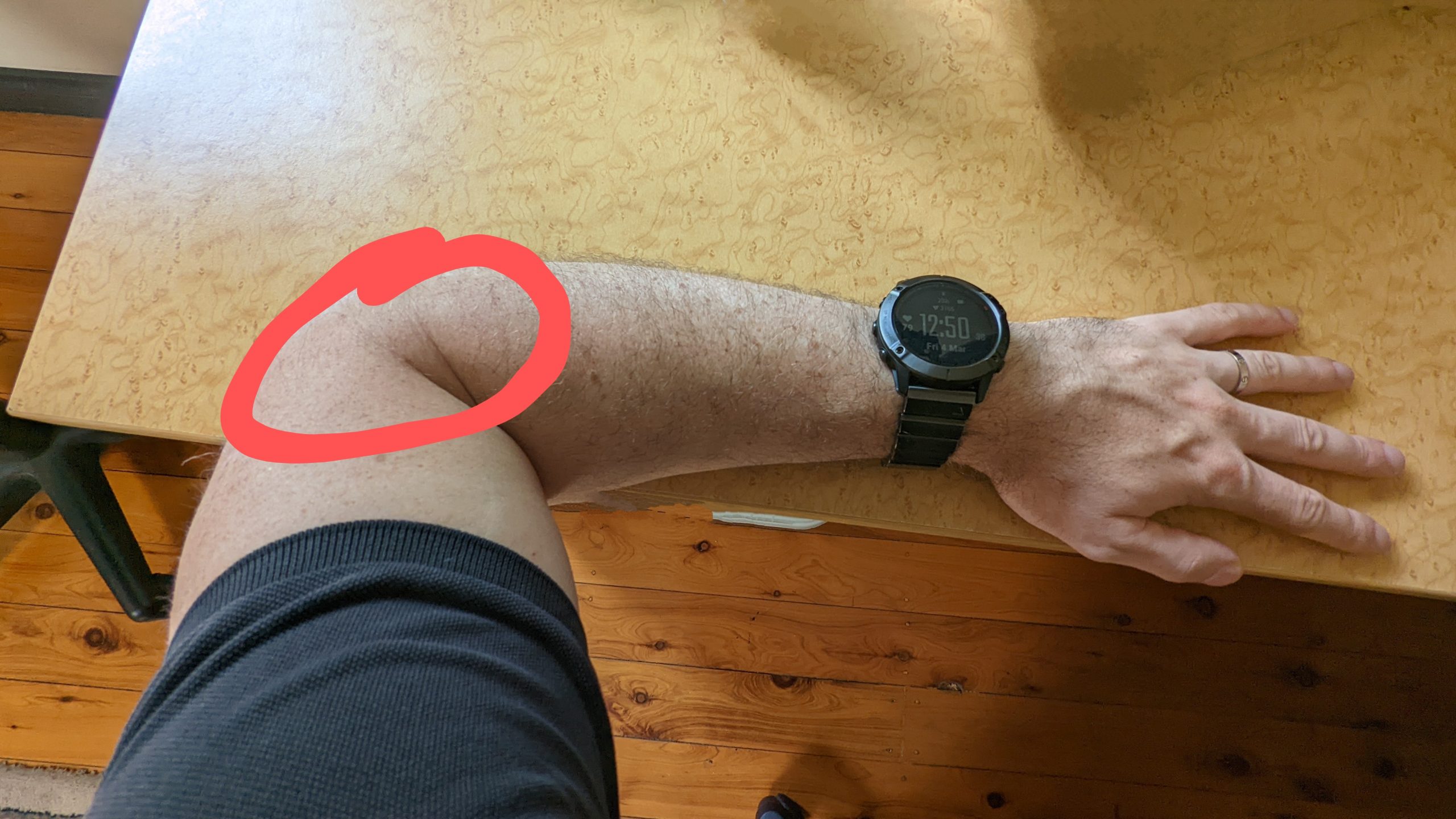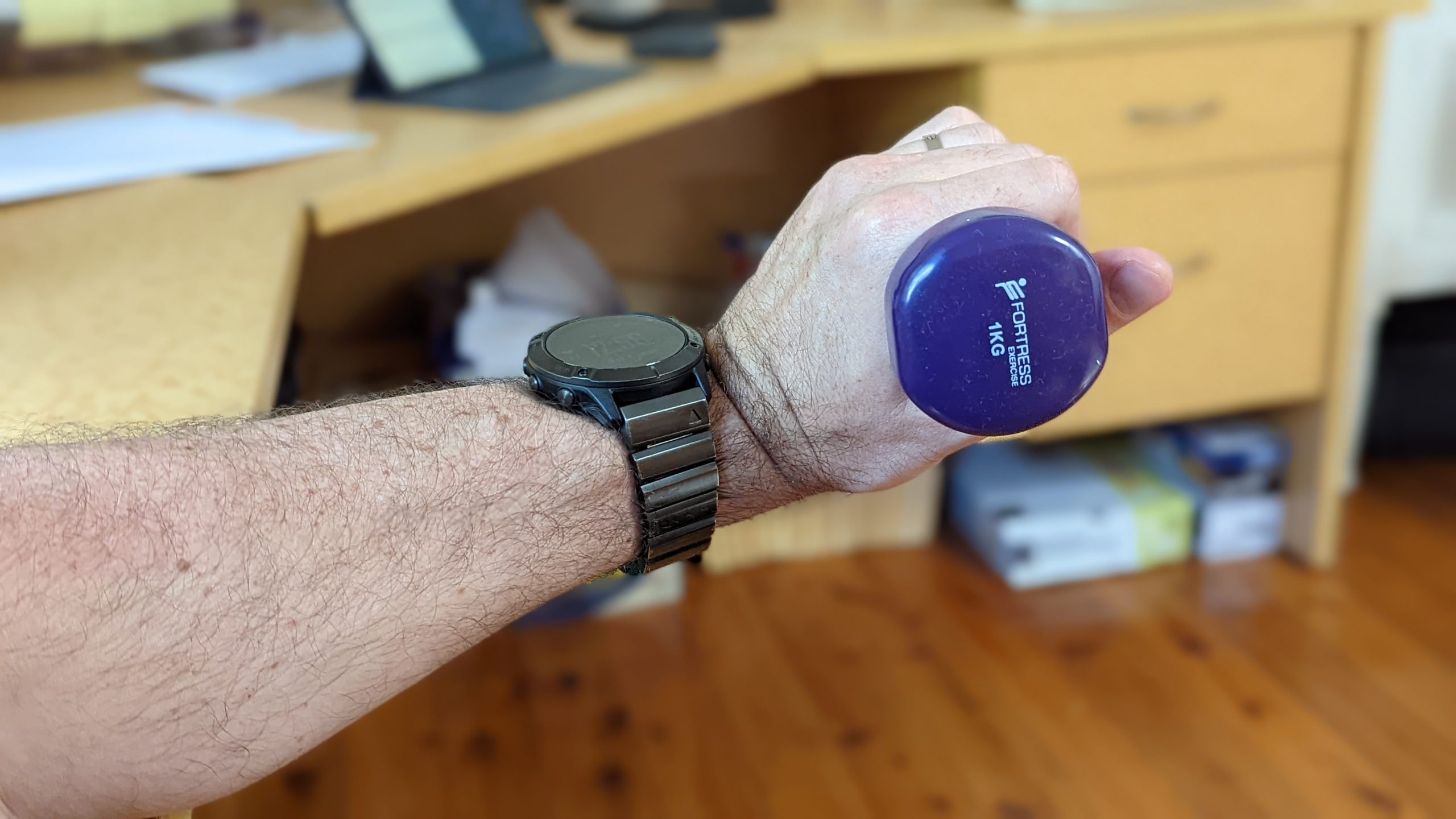Over the past 2 years, I have seen an inrease in tennis elbow presentations to the clinic. This is likely the result of a number of people taking up tennis as a new sport during the lockdowns as it was one of the few sports you could still play, all be it – singles (Hence a lot of people who normally play doubles were now playing singles, therefore htting the ball twice as much as normal)
What is tennis elbow:
The injury is a tendinopathy, with the technical name being lateral epicondylopathy – or what used to be referred to as epicondylitis (-itis meaning inflammation, although studies have shown that there is actually no inflammation at the site of pain, hence we no longer use this name). It is located on the outside of the elbow.
At the cellular level, a breakdown of the tendon can be seen, where it joins onto the bone. Often what happens is the tendon adapts by thickening to try and be stronger. As a consequence, pain occurs as the tendon tries to adapt.
In simple terms – it is a breakdown of the tendon fibres where it attaches to the bone – because the tendon is not strong enough.
What can cause it:
It can be due to overuse, or an underuse of the tendon/muscle. The classic example is someone that has never played tennis before, suddenly starts playing tennis 4-5x a week and therefore the tendons in the forearm/elbow become fatigued very quickly, due to overuse as the tendon was not conditioned for the exercise. Thus, the big uptake in community tennis over the past 2 years has seen an increase in presentations to the clinic with elbow pain.
What symptoms does it produce:
Most people get a dull ache on the outside of their elbow, which is very frequent. The pain is worse when gripping items – such as a tennis racquet, opening doors or jars. It can at times cause pain at night in bed and often the patient can wake with a stiff elbow.

Treatment:
Tennis elbow is not an injury that resolves quickly. Unfortunately, it can sometimes take up to 6-12 months and can reoccur. The best way to reduce pain and prevent from occuring again is through strengthening exercises for the forearm extensor muscles. Manual therapy such as muscle releases and joint mobilisation can also be very beneficial in reducing pain in the short term.
Often we see is associated neck and shoulder pain, due to over compensation. The patient starts to avoid or change the way they move/use their forearm muscles / elbow and hence there becomes more strain on the neck and shoulders. This is why we often assess and work on shoulder and neck mobility as well during treatment.
What can you do right now to reduce the pain:
An isometric exercise is the easiest and simplest way to get the muscle working and strong again. In the picture below, the elbow is supported on a table and while holding a weight (1-2kg, it does not have to be heavy) with a soft grip, extend the wrist upward and hold it for about 20-30 seconds. Often you will feel some mild pain, which is ok. Perform 3 sets of this daily, especially before doing exercise where you will use the elbow.
Once you get strong with the isometric exercises, you can progress to exercises with movement.

If you are suffering from what you believe to be tennis elbow, call us on 99975773 at Mona Vale Chiropractic Centre to book and appointment and we can assist you with the treatment and rehab of your elbow.
Mitchell Roberts – Chiropractor
